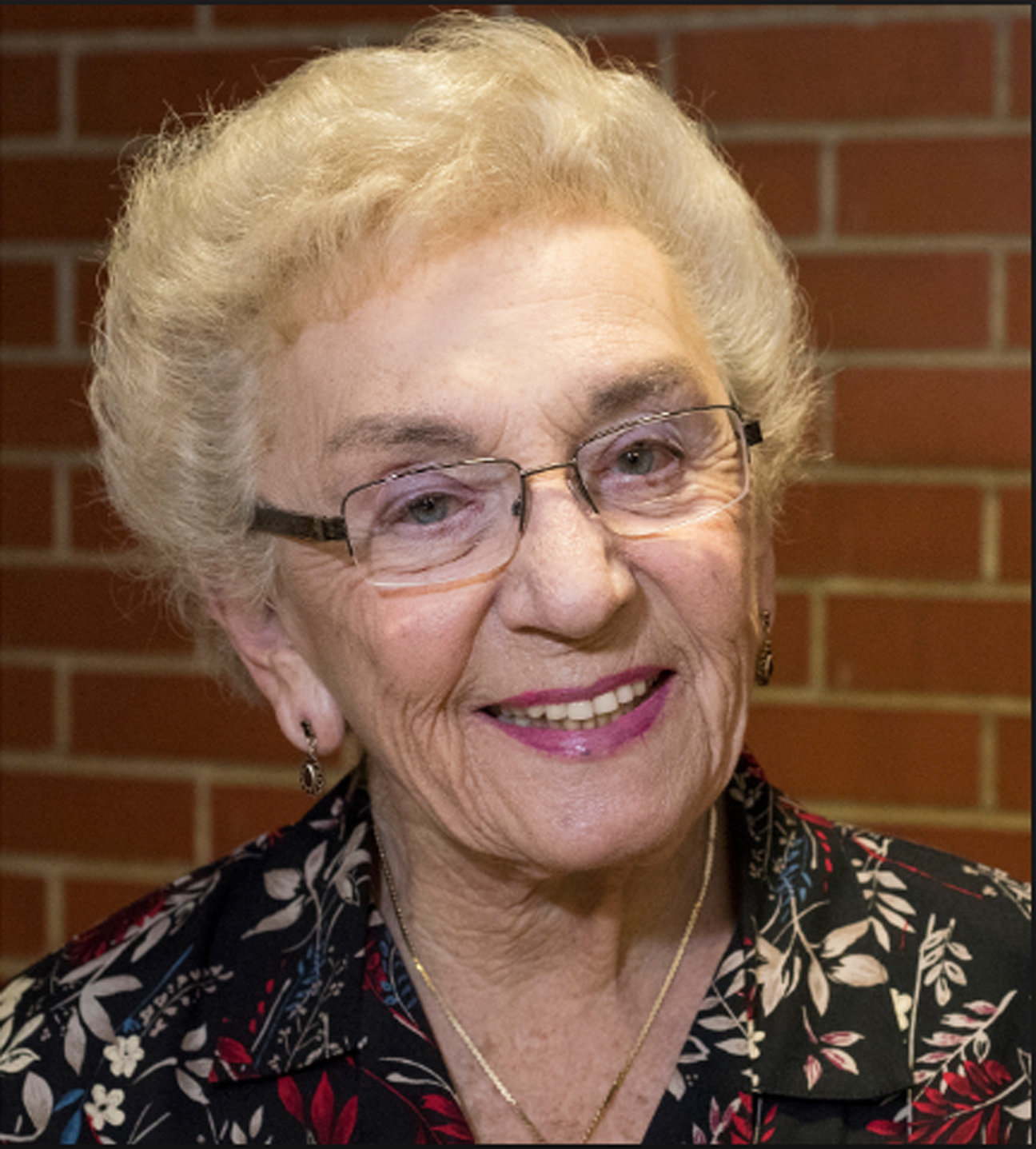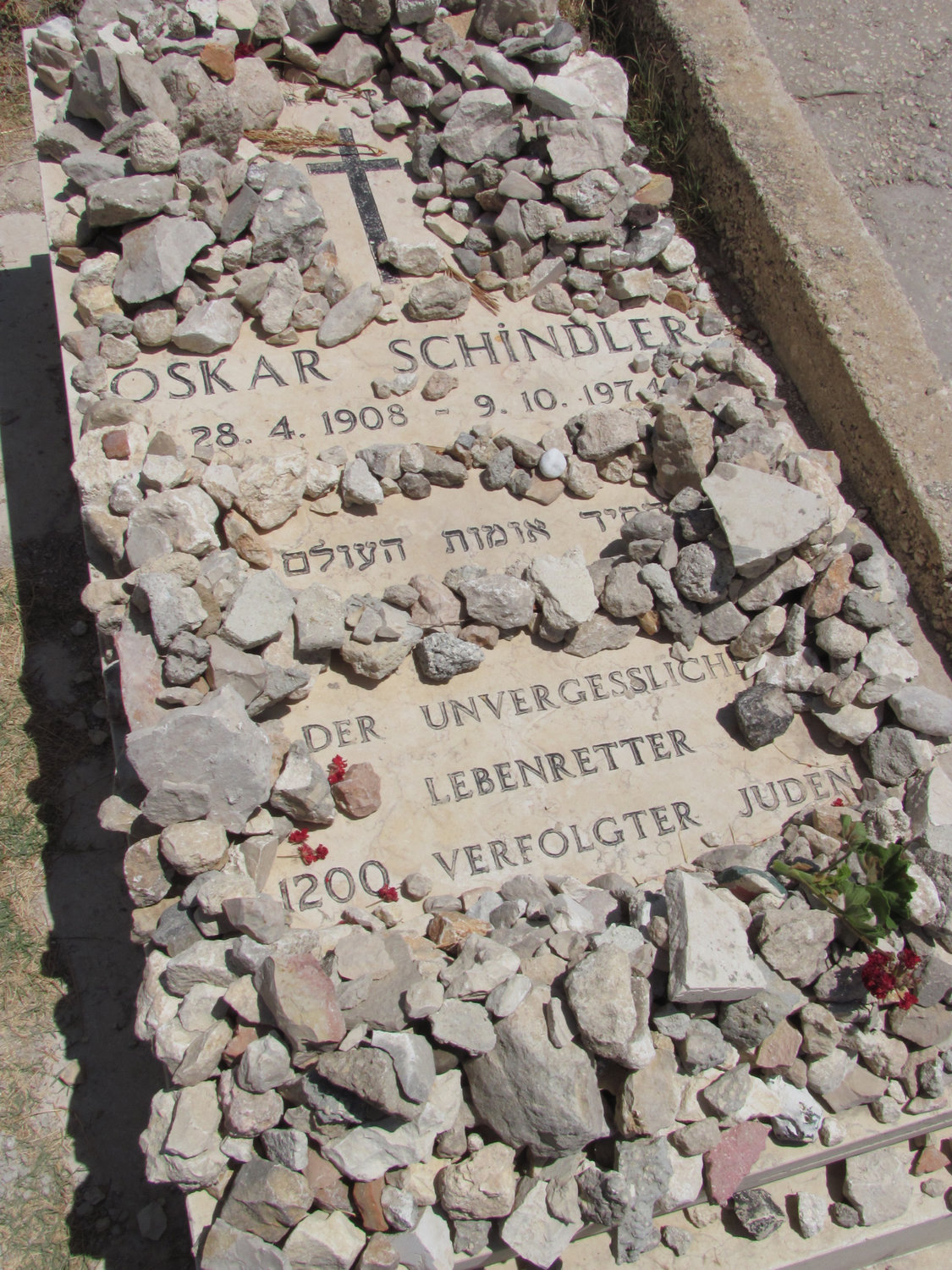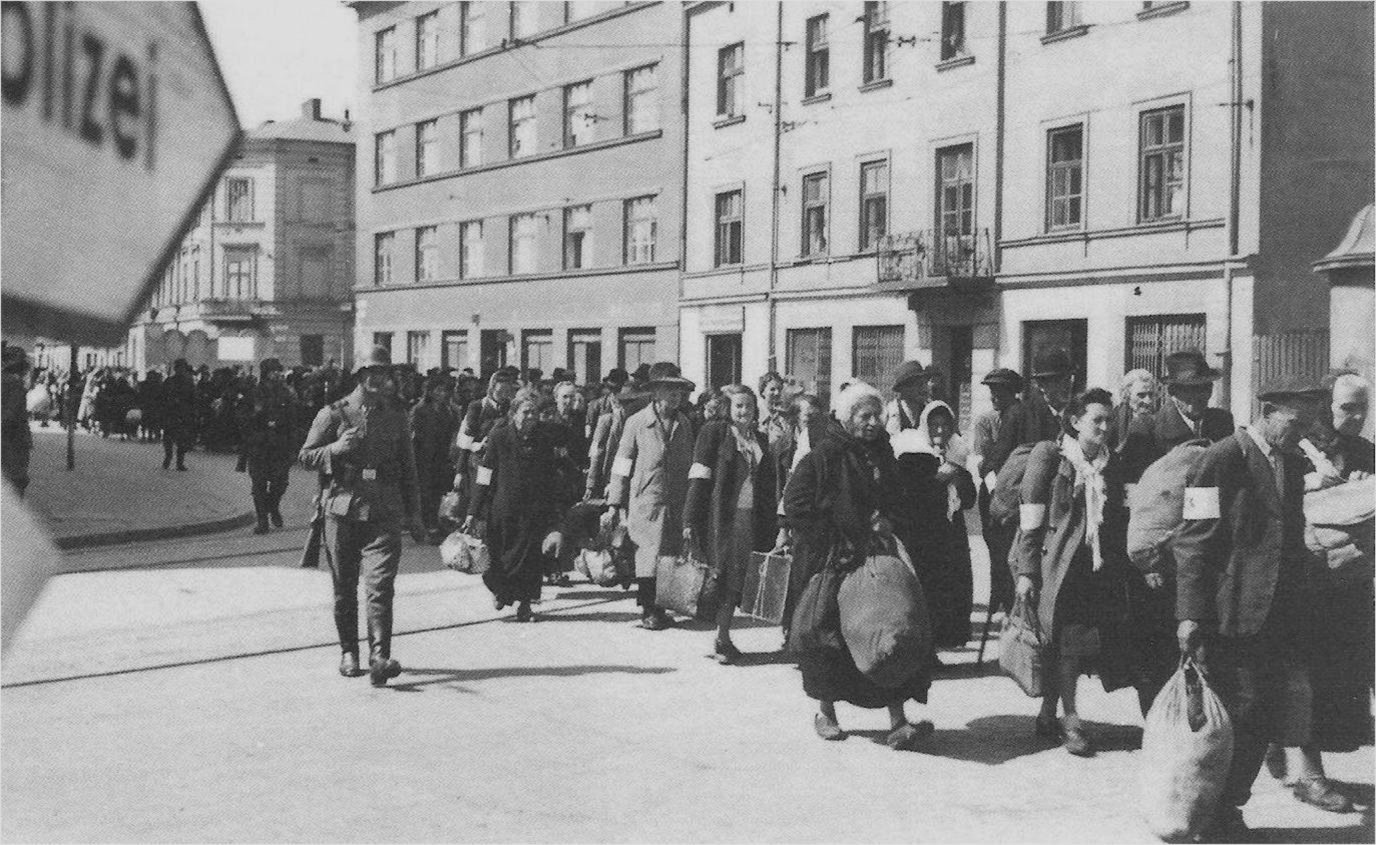Schindler’s list survivor remembers
Film helped youngest female find her voice
“Oskar Schindler saved my life, but Steven [Spielberg] gave me a voice.”
Celina Biniaz was just 12 when Schindler, a Czech industrialist and Nazi Party member, saved her and her parents from near-certain death in Nazi concentration camps in German-occupied Poland. As the world commemorated International Holocaust Remembrance Day last week, the former Wantagh resident, now 87, reflected on her experiences as the youngest female on Schindler’s famous list.
“Nobody in Wantagh knew I was a survivor, because I never talked about it at all,” Biniaz said. “I never spoke about my experiences until ‘Schindler’s List,’ the movie, came out.”
When Spielberg released the film in 1993, Biniaz felt she could finally tell her story.
Biniaz was a 7-year-old schoolgirl living in Krakow, Poland, when German armed forces invaded her homeland in September 1939. Within weeks,
Before the war, Biniaz and her parents, Phyllis and Irvine Karp, lived in a middle-class neighborhood where Jews were assimilated, she said. Her parents worked as accountants in one of the two textile factories owned by a Viennese businessman, Julius Madritsch. After Poland’s defeat, the apartment Celina shared with her parents was confiscated, and the family was forcibly removed to a walled ghetto in the suburbs of Krakow.
Biniaz worked in the ghetto, making envelopes and cleaning brushes. Her parents continued to work for Madritsch. “Mr. Schindler and Mr. Madritsch were very good friends,” Biniaz said. Both men were authority trustees — citizens of the Third Reich who could apply to use forced laborers. The two leveraged their positions to help their Jewish workers. Madritsch provided his workers with food far beyond the 100-gram daily ration of bread and the 200-gram monthly ration of fat or sugar.
A blue card permitted ghetto residents to leave the ghetto on work details. Because Biniaz looked older than her age, her parents were able to obtain a permit through bribery that added two years to her age. She was also transferred to Madritsch’s factory. When the ghetto was liquidated in March 1943, the family’s position at the factory saved them from being taken to an extermination camp.
Biniaz and her parents worked in the factory until 1944, living in the Plaszow concentration camp. That fall, as Germany’s defeat appeared increasingly likely, Schindler suggested that Madritsch join him in Brünnlitz, Czechoslovakia, where he had established a factory and manufactured kitchenware and, later, ammunition for the German army.
The list
Madritsch turned Schindler down. But as the Soviet Red Army advanced in September 1944, Schindler learned from Mietek Pemper, the Jewish secretary to Plaszow’s commandant, SS captain Amon Göth, that many of the labor camps were to be shut down and their inmates transferred to extermination camps. Schindler was determined to save his own workers and as many others as he could requisition. Accounts vary, but with
Pemper’s aid, he was able to get at least 1,100 names.
Schindler asked Madritsch to add names from his factories as well. He sent 100 names, including Biniaz and her parents.
According to documents on file at Yad Vashem, the Holocaust documentation center and memorial in Jerusalem, Schindler’s complete list consisted of the entire workforce from the Zablocie concentration camp outside Krakow and some workers from the Plaszow camp.
The roughly 800 men and 300 men were to be sent to Brünnlitz from Poland, but the men ended up in the Grosz-Rosen concentration camp. The women were to have followed to Brünnlitz two weeks later. “Unfortunately, in the middle of the night, we found ourselves in Auschwitz,” Biniaz said simply.
Biniaz remained in the camps for six weeks until Schindler was able to rescue his workers. He bribed the commandant of Auschwitz, lieutenant colonel Arthur Liebehenschel, and reassembled his workforce at Brünnlitz, where they remained until the town was liberated by Soviet troops in May 1945.
Liberation
After the war, the family returned to Poland. “I had not had any education at all since I was in second grade,” Biniaz said, “so the object for me was to definitely study during the summer and see if I could get into a high school.”
She was in high school for only a month, in September 1945, before violent attacks on Jews by other Poles — a pogrom — began in eastern Poland. “My parents decided they did not wish to continue living in Poland,” she said. “We decided to smuggle [ourselves] into the American zone in Germany.” She lived in the zone with her parents for two years while awaiting passage to the U.S.
While in Germany, Biniaz continued her education with a number of tutors, including a 90-year-old retired nun, Mater Leontine. Biniaz said the nun became her salvation. “She really helped me get over anger and hatred,” she said. Biniaz corresponded with Mater Leontine for two years after leaving Germany in 1947. “I still have all her letters,” she said. “She was an exceptional human being.”
In June 1947, on Biniaz’s 16th birthday, the family sailed from Bremerhaven to New York. After an 11-day passage, they were met on arrival by her uncle, David Karp, who had immigrated before the war. He drove the family to Des Moines, Iowa, where her parents lived for the rest of their lives. Irvine died in 1995, and Phyllis, in 1997.
Biniaz received a bachelor’s degree from Grinnell College, in Grinnell, Iowa, in 1952, and returned to New York that fall to study at Columbia University Teachers College. There she met her future husband, Palestine-born Amir Biniaz. She completed a master’s degree in education and married Biniaz in 1953.
The newlyweds moved to Wantagh, where the remained for the next 40 years. The couple has two children: Robert, 63, and Susan, 60.
Biniaz began volunteer teaching in 1963. After receiving a master’s degree in special education in 1965, she taught part-time until 1967, when she found a full-time position. She taught at a number of elementary schools in the Wantagh School District, including Forest Lake, Mandalay and Wantagh. She retired in 1991. Her husband had his own dental practice.
The couple now lives in Camarillo, Calif.
She said she survived her ordeal because she was lucky. She did not appear childlike, so she was spared the fate of most children, the majority of whom were killed on arrival at concentration camps, according to the United States Holocaust Memorial Museum. Children who survived constantly faced danger and fear.
Biniaz said she owed much to the kindness of Schindler’s wife, Emilie. Malnutrition landed her in the factory infirmary several times, and Emilie brought a pot of farina porridge that she dished out to sick workers. “That extra nourishment saved my life,” she said.

 52.0°,
Overcast
52.0°,
Overcast 









